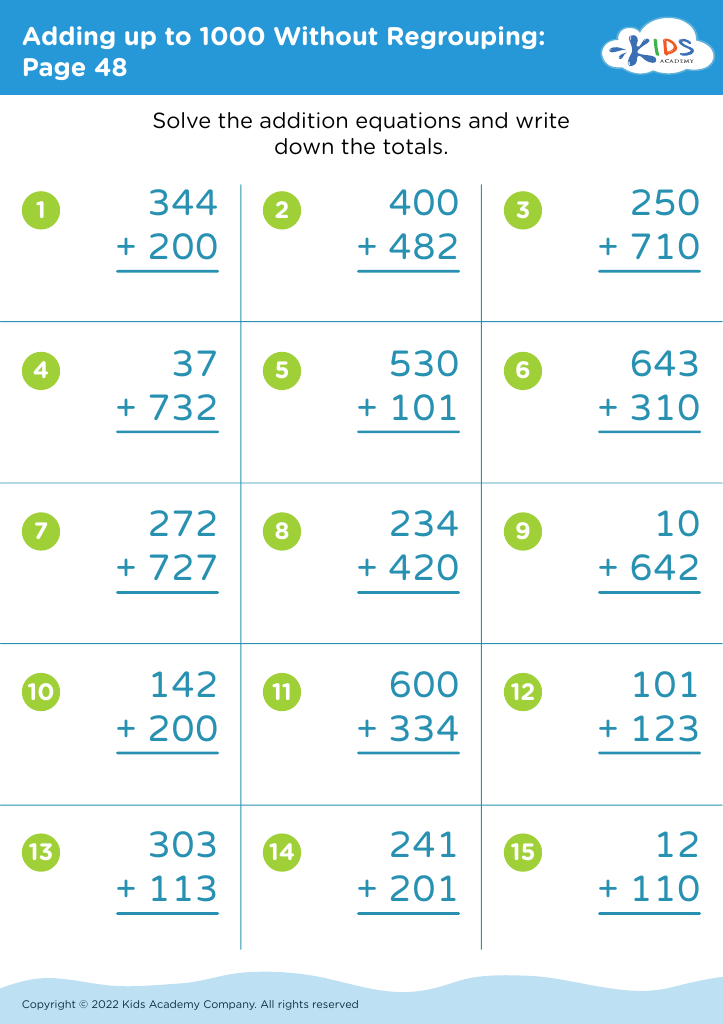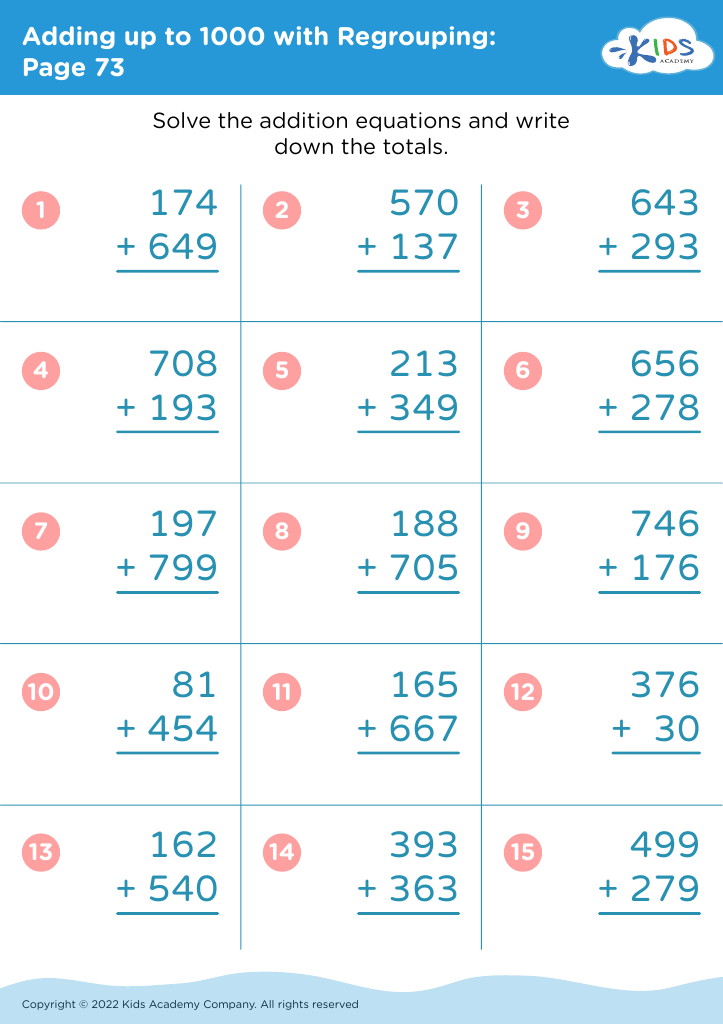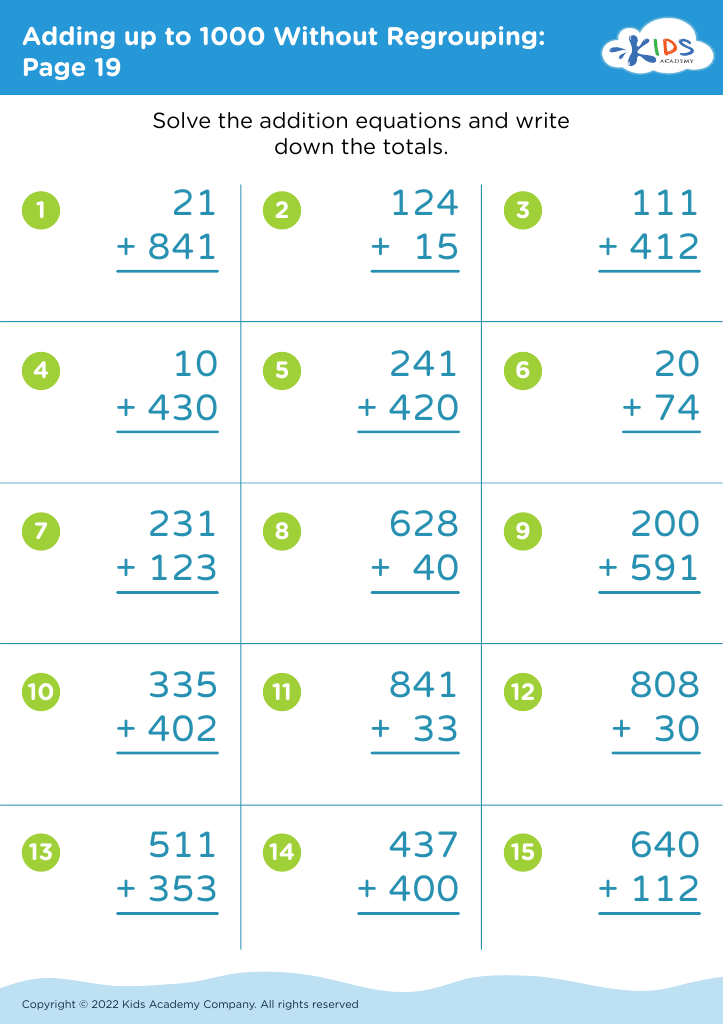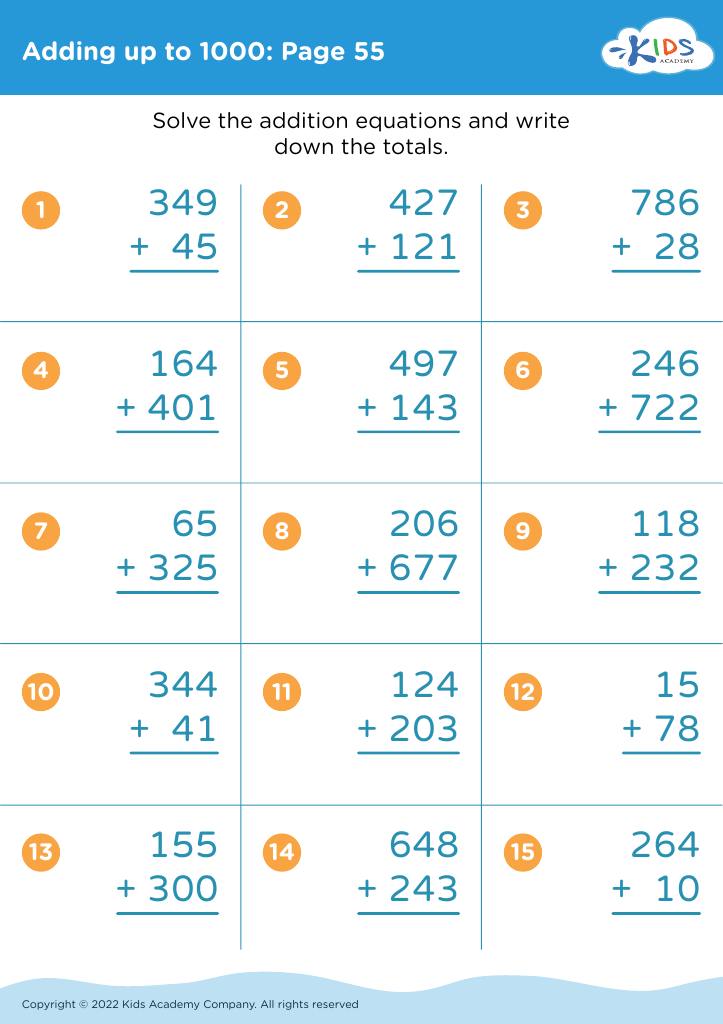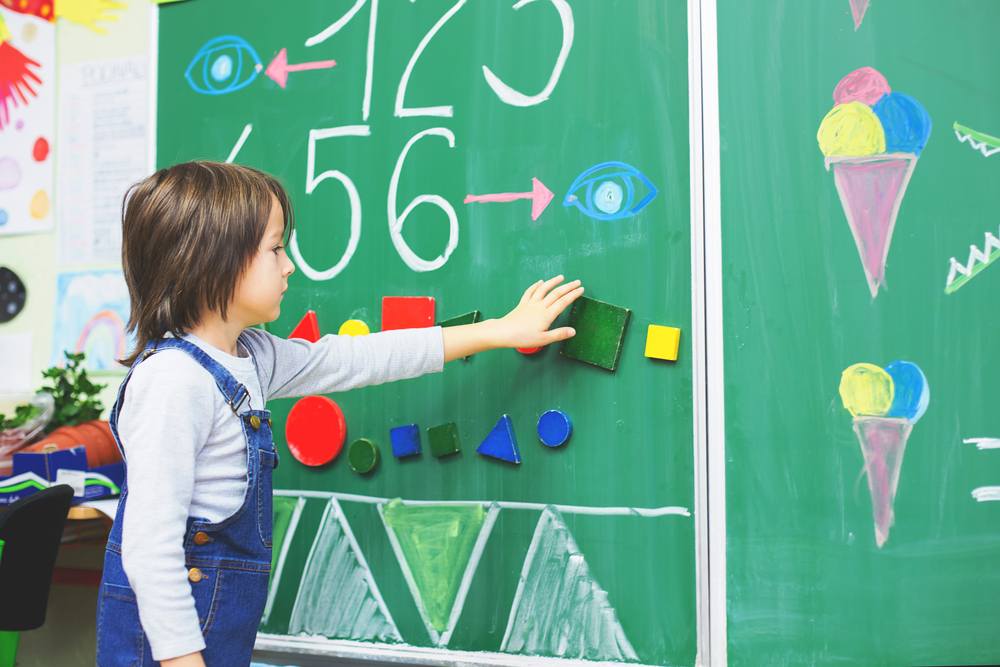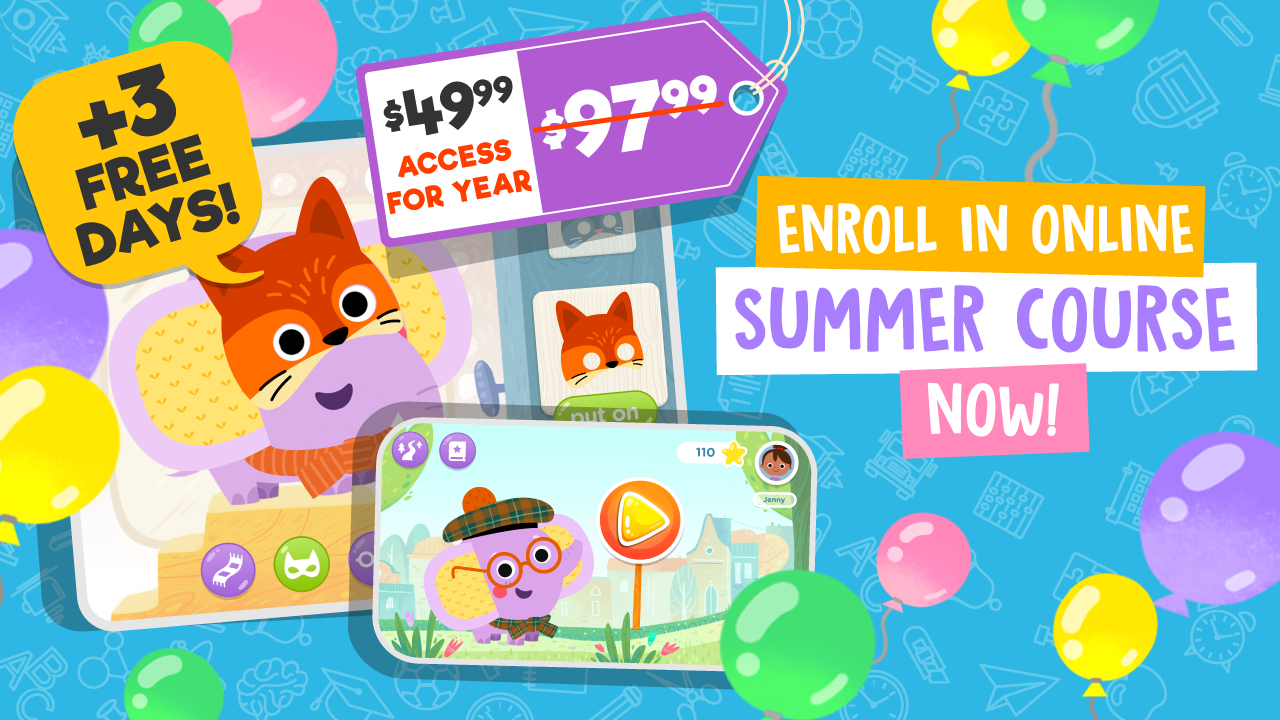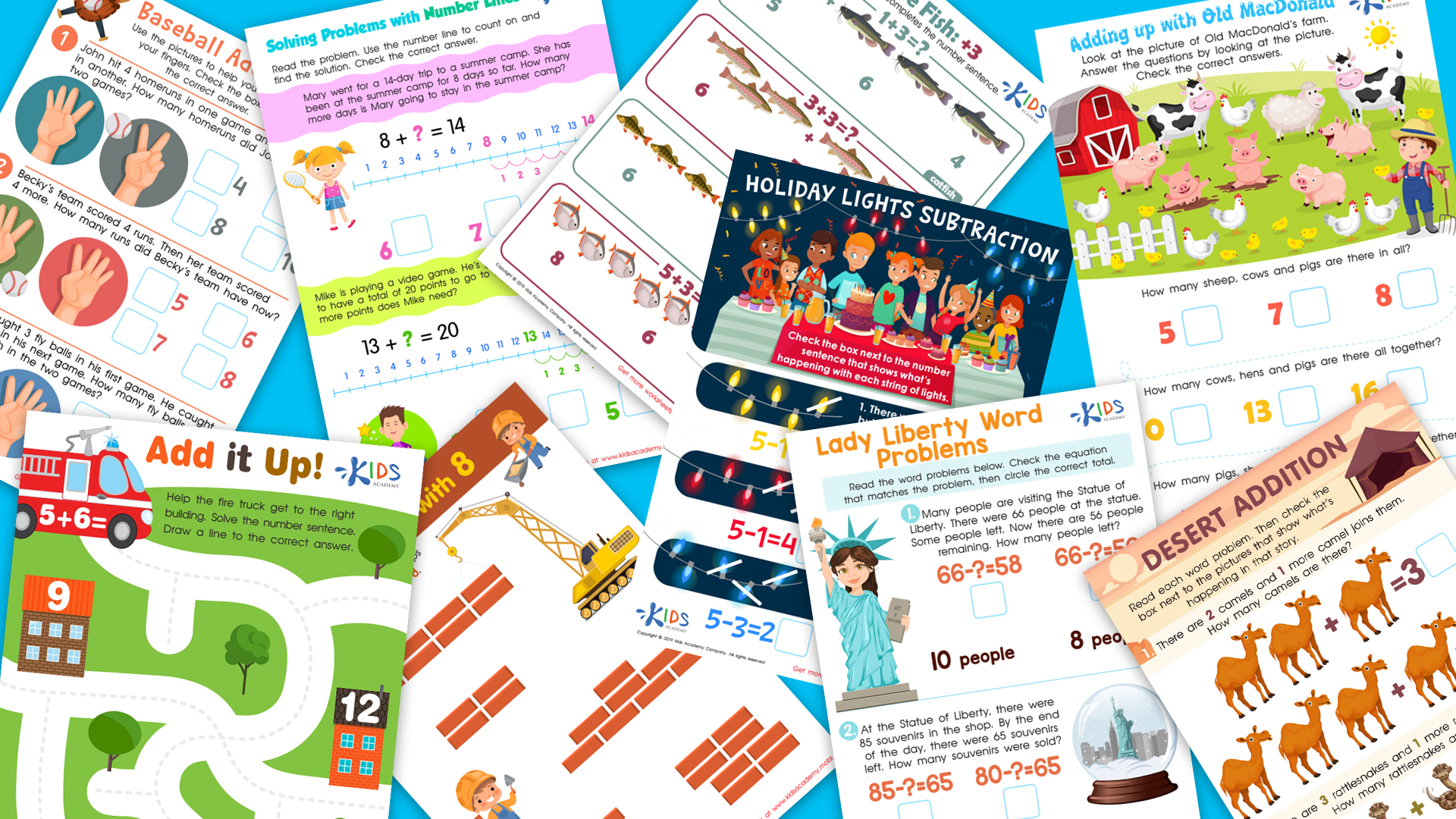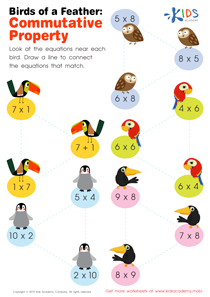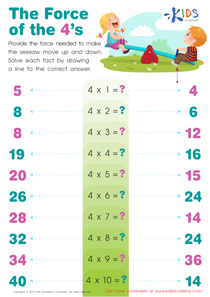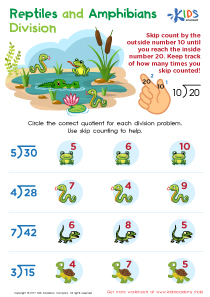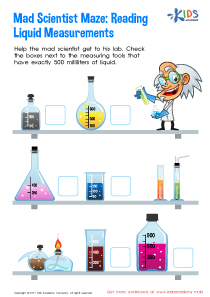Understanding patterns Grade 3 Addition & Subtraction Worksheets
5 filtered results
-
From - To
Unlock your child's potential with our Grade 3 Addition & Subtraction Worksheets focused on understanding patterns. These engaging exercises, designed by Kids Academy, help third graders master addition and subtraction using pattern recognition. Each worksheet supports skill development through fun and interactive activities, building a robust mathematical foundation. Your child will learn to identify, predict, and create patterns, essential skills for solving more complex math problems. With colorful visuals and step-by-step instructions, math becomes a captivating and rewarding experience. These worksheets are perfect for reinforcing classroom learning or extra practice at home. Explore and download today to enhance your child's math abilities!
Understanding patterns in addition and subtraction is crucial for third graders and deserves attention from both parents and teachers. Recognizing patterns helps children develop critical thinking and problem-solving skills that are foundational for more advanced math topics. At this age, kids are transitioning from simple arithmetic to more complex mathematical concepts, and a strong grasp of patterns can make this shift smoother.
Firstly, patterns aid in mathematical consistency and predictability. When children spot patterns, such as how numbers increase by equal increments in addition or decrease consistently in subtraction, they can solve problems more swiftly and accurately. This reduces math anxiety and builds confidence.
Secondly, understanding these patterns nurtures logical reasoning. For example, recognizing that 5 + 7 is the same as 7 + 5 (the commutative property of addition) showcases an essential algebraic principle. These foundational ideas are the building blocks for multiplying, dividing, and understanding fractions in later grades.
Lastly, integrating patterns can make learning math more engaging and fun. Interactive activities focusing on patterns—from using physical objects to drawing and solving puzzles—push children to think creatively about numbers.This turns abstract concepts into tangible learning experiences. Therefore, parents and teachers should emphasize understanding patterns to support overall mathematical growth and enthusiasm in young learners.
